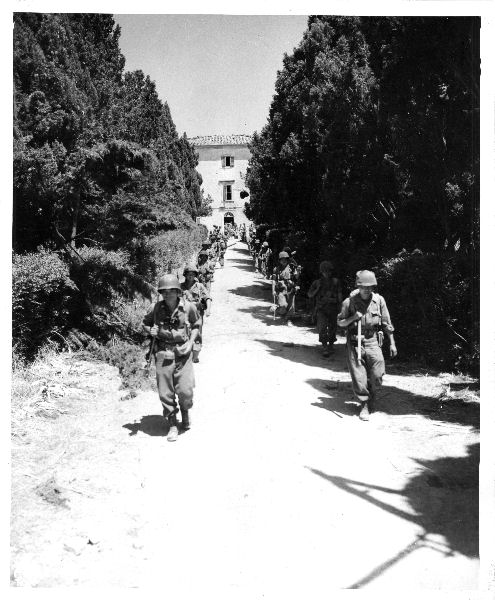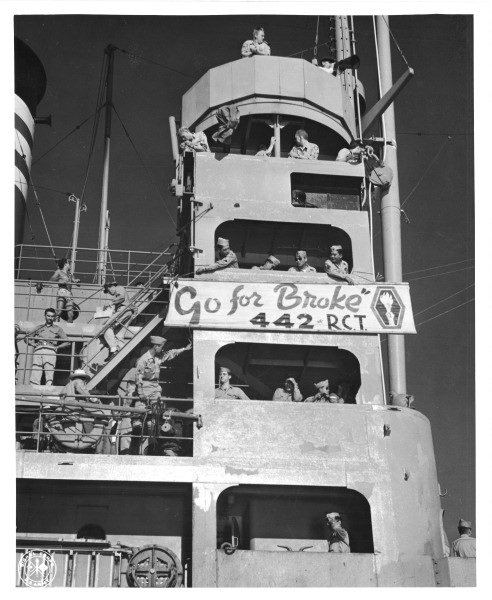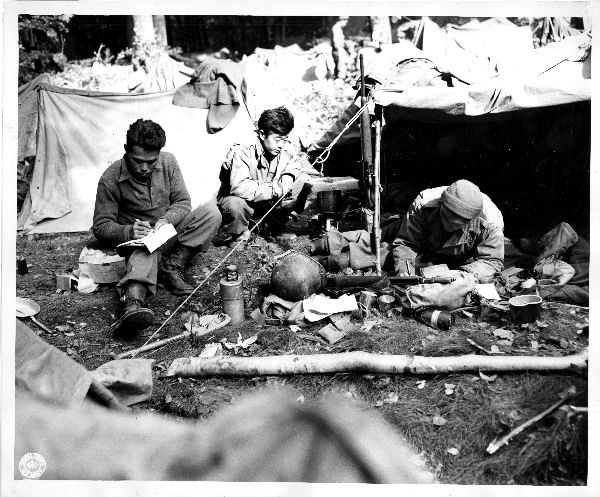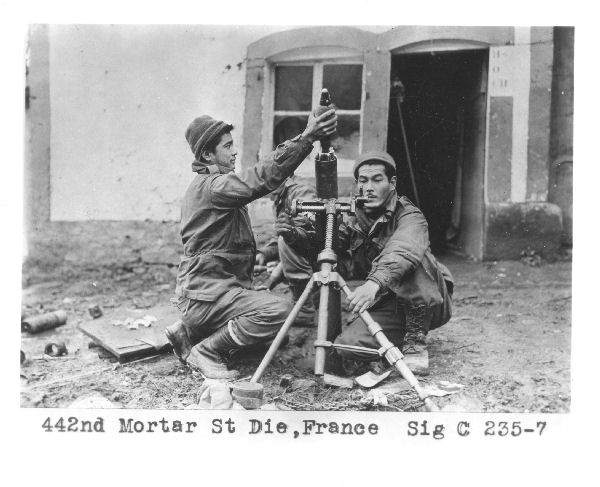In Military History, Asian Americans and Pacific Islanders Leave Legacy
For more than two centuries, Asian Americans and Pacific Islanders (AAPI) have played an integral role in the U.S. Armed Forces. From fighting in the conflict between the United States and Great Britain, to earning the Medal of Honor and serving as four-star generals, in the U.S., Pacific Islanders and Asian American military heroes abound.
Asian Americans and Pacific Islanders have served honorably in all branches of the military and fighting in every war since the War of 1812. Such service continued even when AAPI soldiers experienced racism by fellow troop members, by the American public they protected, and by the U.S. government under which they served. That discrimination rang particularly true for the approximately 33,000 Japanese Americans who served during World War II, reaching a crescendo in the aftermath of the bombing of Pearl Harbor by Japan on December 7, 1941.

In February 1942, as the world’s deadliest war raged on, President Franklin D. Roosevelt issued executive order 9066 that instituted the creation of internment camps to house Japanese Americans. The order was in response to the surprise attack on Pearl Harbor, which resulted in the deaths of 2,403 Americans. The government and citizens alike feared that Japanese Americans could be working as spies for Japan and were labeled “enemy aliens.” From 1942 to 1945, the government operated 10 internment camps throughout the western and southern United States—in California, Arizona, Wyoming, Colorado, Utah, and Arkansas—which housed approximately 120,000 Japanese Americans in total.
Rather than be subjugated to these camps, the government gave young and able-bodied Japanese American men the option to enlist in the military. To accommodate the new recruits, the Army created a special segregated unit called the 100th Infantry Battalion. Composed of more than 1,400 second-generation Japanese Americans—or Nisei—from Hawaii and the mainland, the unit’s motto “Go for Broke” was a nod to a slang term used by gamblers in Hawaii meaning to risk everything to win big. Battalions of soldiers brought that mindset with them while stationed in Italy. Later, the government integrated the unit into the 442nd Regimental Combat Team, with troops engaging in combat in Italy and France. The men fought for American victory against the Axis Powers of Germany, Italy, and Japan, even while others like them—sometimes family members—remained in internment camps back home on U.S. soil.

In 1944 a Supreme Court decision declared the incarceration of American citizens without cause unconstitutional, and by the time the war ended on September 2, 1945, nearly all of the internment camps had been shuttered. (The last remaining camp closed in 1946 after President Gerald Ford repealed Roosevelt’s executive order 9066.)
While in 1911 U.S. Army Private Jose Nisperos, from the Philippine Scouts Unit, was the first AAPI soldier to receive the Congressional Medal of Honor, in 1946 U.S. Army Private First Class Sadao S. Munemori would become the first Japanese American awarded the Medal for his bravery against the enemy during a battle near Seravezza, Italy. When a grenade landed near troop members on April 5, 1945, Munemori launched it back toward the enemy line of fire, saving the lives of two fellow soldiers while sacrificing his own. He received the Medal of Honor posthumously a year later.

It would take another half century for more Japanese American service members who fought in WWII to be awarded the Medal of Honor. In the 1990s, Congress and the military began reviewing cases of veterans who received the Distinguished Service Cross, the U.S. Army’s second highest honor, but whose actions may have been overlooked due to racism. In 2000, President Bill Clinton awarded the Medal of Honor to 22 Asian Americans, the majority of whom were of Japanese descent. This included Daniel Inouye, who would go on to serve as a U.S. Senator representing Hawaii. Looking back, both the 100th and 442nd are considered two of the most decorated American units during World War II. To date, a total of 31 Asian American and Pacific Islanders have been awarded the Medal.
It’s been more than 75 years since the final bombs dropped during World War II. Since then, thousands of Asian American and Pacific Islanders have served with distinction both in and out of wartime. Several have reached prestigious ranks, including U.S. Army General (retired) John F. Campbell, the first Vietnamese-American general, Major General Viet Xuan Luong, Air Force Major General Sharon K. G. Dunbar, and four-star general Eric Shinseki.

Legal Disclaimer:
EIN Presswire provides this news content "as is" without warranty of any kind. We do not accept any responsibility or liability for the accuracy, content, images, videos, licenses, completeness, legality, or reliability of the information contained in this article. If you have any complaints or copyright issues related to this article, kindly contact the author above.
